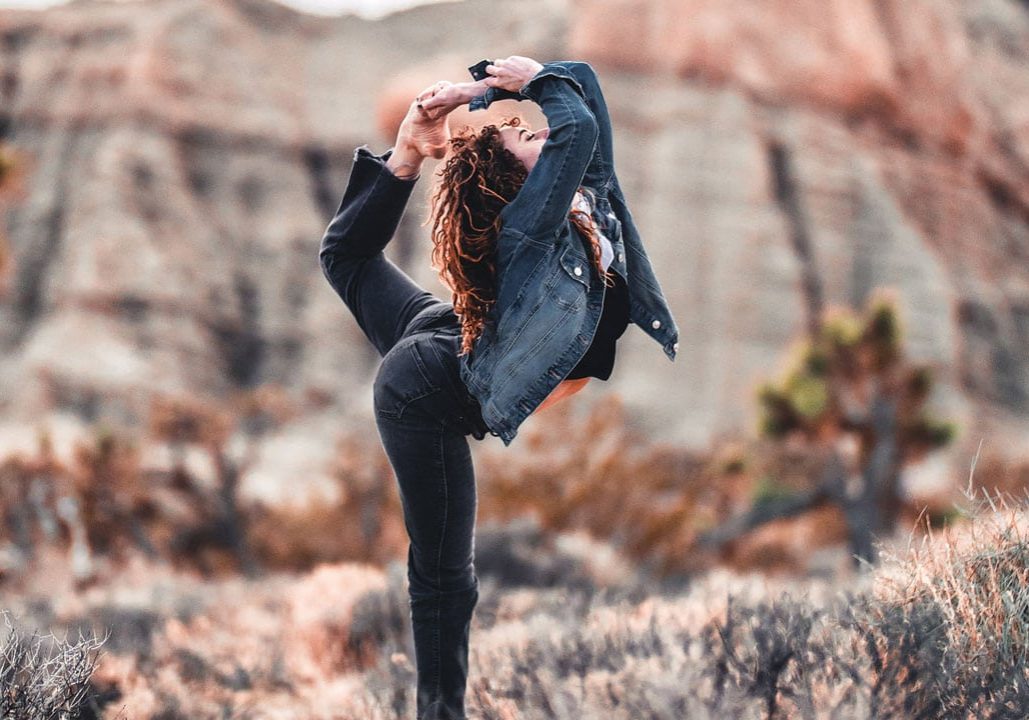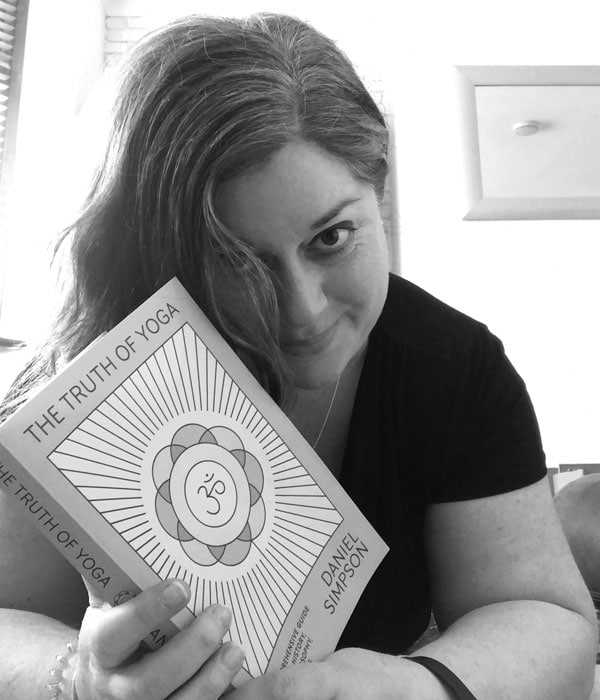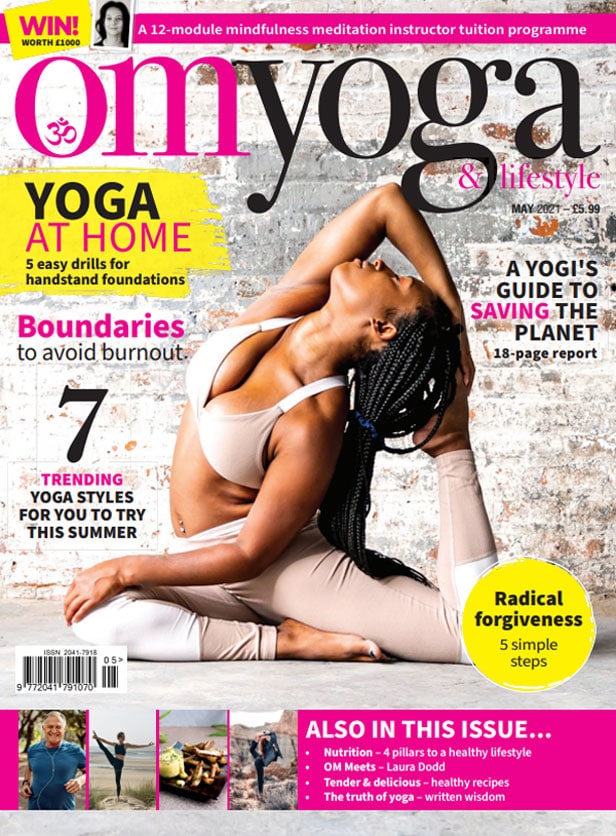
The truth of yoga
How a book helped me fall back in love with the truth of yoga. By Joanna Benn
Despite being a ‘yogaphile’ for more than 20 years, I fell out of love with it this year. As a teacher, this was alarming, as well as surprising. I grew up in a yoga household and yoga has always been integral to my life. Perhaps, it’s fairer to say I fell out of love with social media as well, as a year of online yoga practicing and teaching, this being the fulcrum and focus of my discontent.
Either way, the more I studied and read, the less I knew. Perhaps most importantly, despite a thorough two-year yoga teacher training diploma and a couple of off-on decades of practice and study around the world, I felt that I couldn’t articulate what yoga was, nor define its history and evolution nor know whether I felt it was practice, a religion-of-sorts or a system of thinking. It’s hard to speak and teach with authority when there isn’t a script or in fact, much agreement.
Imposter syndrome hit hard, and despite students telling me how much they loved classes, or how they were benefitting, something in me felt fraudulent. I wanted to teach with integrity and with the needs of my students in mind. However, watching the debates about yoga and inclusiveness and equity, I began to wonder who owned the truth of this tradition, and who should and shouldn’t teach it. Thought would roll around my mind. Was it wrong to cherry pick teachings from different teachers and lineages? What about mantra or chanting if it isn’t my inherited tradition? Was it audacious, even wrong in my eyes and the eyes of others, to call myself a teacher at all?
Searching for answers
In this year of global pandemic lockdown, I had more time to interrogate concepts and texts. I started with academic, scholarly textbooks which at times felt impenetrable. Then I went back to source texts like the Bhagavad Gita, The Sutras or The Haṭha Yoga Pradīpikā – but rich as they are, I couldn’t make it all hang together coherently as so many ideas seemed contradictory or in opposition to each other.

Finally, however, I found a book that answered my questions. The Truth of Yoga by Daniel Simpson is a modern take on what we think of as an ancient practice. It journeys through yoga history, themes, and philosophies drawing upon recent scholarship. The key word of the book is ‘accessible’ although it’s certainly not a guide for dummies and assumes the reader does have an interest and background in the subject.
What I like about this book is that it takes subjects and boils them down to who said what across a variety of subject areas. What are chakras and why do so many teachers incorporate them into their classes? There’s a page on that. What is Tantra and what parts of that tradition have seeped into many modern-day yoga classes? Are we supposed to live in community or run off to the hills to meditate? Are we stilling the mind, separating it from everything else and/or looking for union?
How much of our physical modern-day postural practice is really that old? When and why did cultures and personalities swap ideas, methods, and practices regarding the health of body, mind, and spirit over the course of the last 150 years? Who packaged what into their (often) eponymous ‘systems?’ Are there neither six parts of yoga, nor eight limbs? These questions and so many others are covered in the book which is helpfully divided chronologically into Early Yoga, Classical Yoga, Hatha Yoga and Modern Yoga.
Yoga evolution
The book is made up of short essays of around 500 words and is designed to be dipped into or read from cover to cover. The joy of the short essay is that one feels one has learnt something new rather quickly. Simpson’s background as a reporter is felt throughout with some chipper commentary and colloquial phrasing. Reading it made me feel much better.
I decided to come back to my original intention of sharing a practice that millions of us say makes us feel and function better in the 21st century. It’s clear that yoga has evolved and will continue to do so in much the same ways that music or poetry does. Knowing the basic structure is incredibly helpful. Having a handle on contradictions and oppositions within yoga philosophies can be a useful tool rather than confusing. Acknowledging what comes from where is respectful and correct. Looking back, I can see that getting too stuck in the dogma and fear of making a misstep paralysed me. In the end, we can only be ourselves and teach from the heart with a willingness to keep learning, listening to alternate voices and be open to the fact that perhaps there is no one definition of yoga. The Truth of Yoga is a refreshing reminder to stay in the present and to keep looking from multiple perspectives.
Jo Benn is a global advocate for the environment and a yoga teacher (everybodyyogauk. com). Find her on Instagram @every_body_yoga_uk




